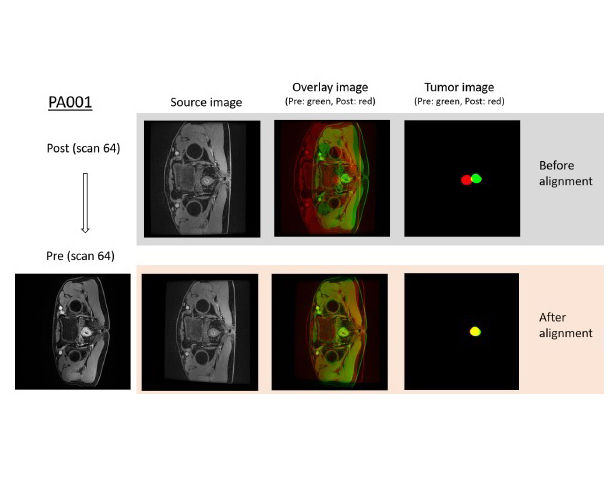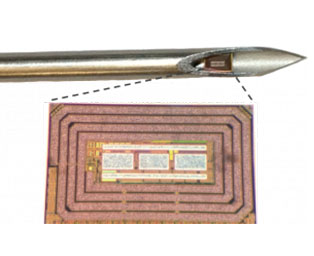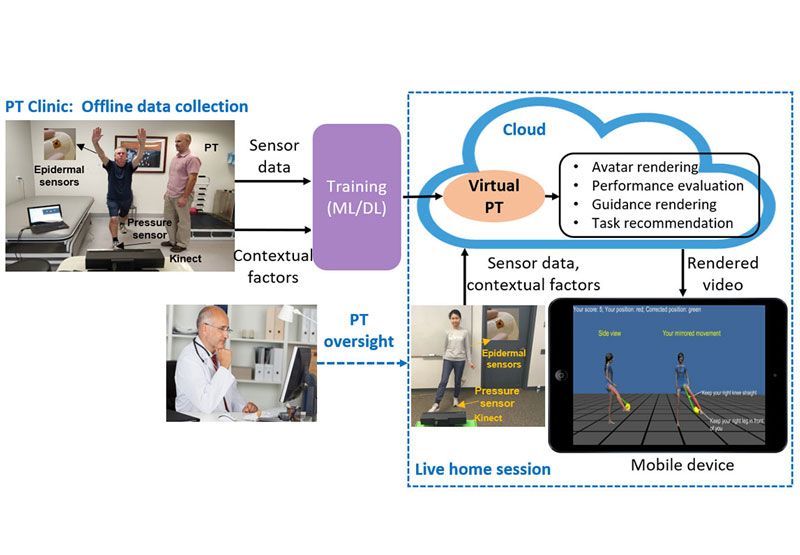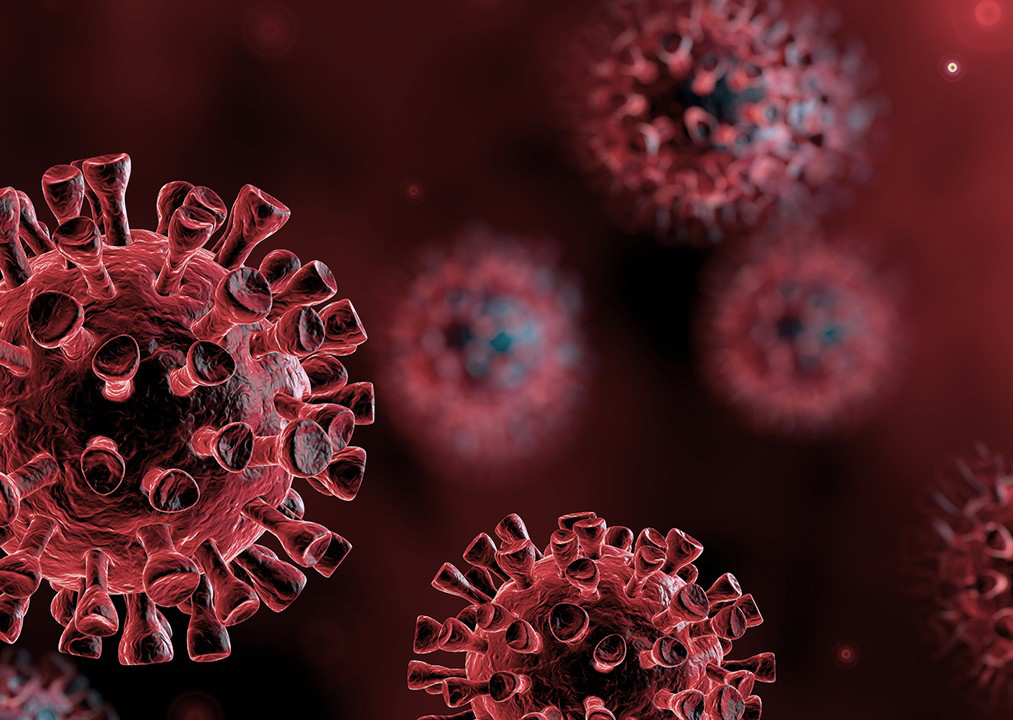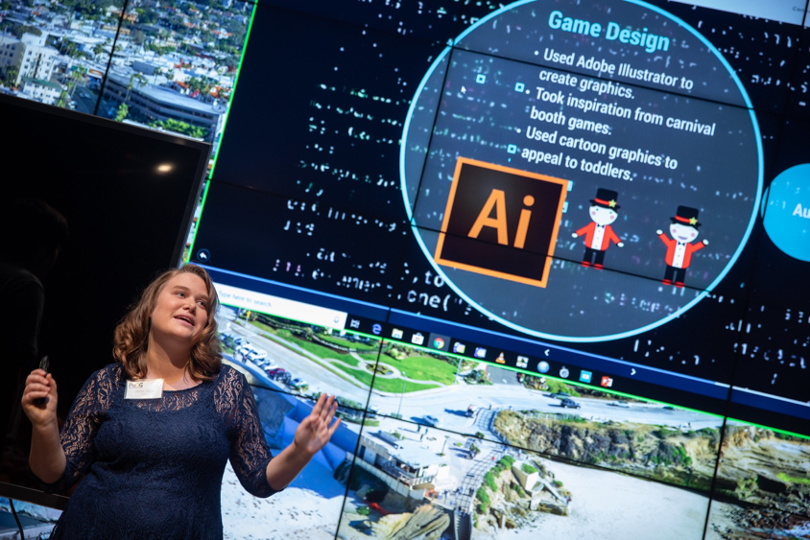PROJECT OVERVIEW
The Connected Health program at UC San Diego seeks to enable radical changes in the delivery of health care, from today’s reactive care models to a next-generation of proactive, continuous and personalized care using innovations in wireless Internet of Medical Things (IoMT) including novel medical devices and applications, together with innovations in AR/VR, machine vision and artificial intelligence, edge/cloud computing and wireless IoMT communications.
